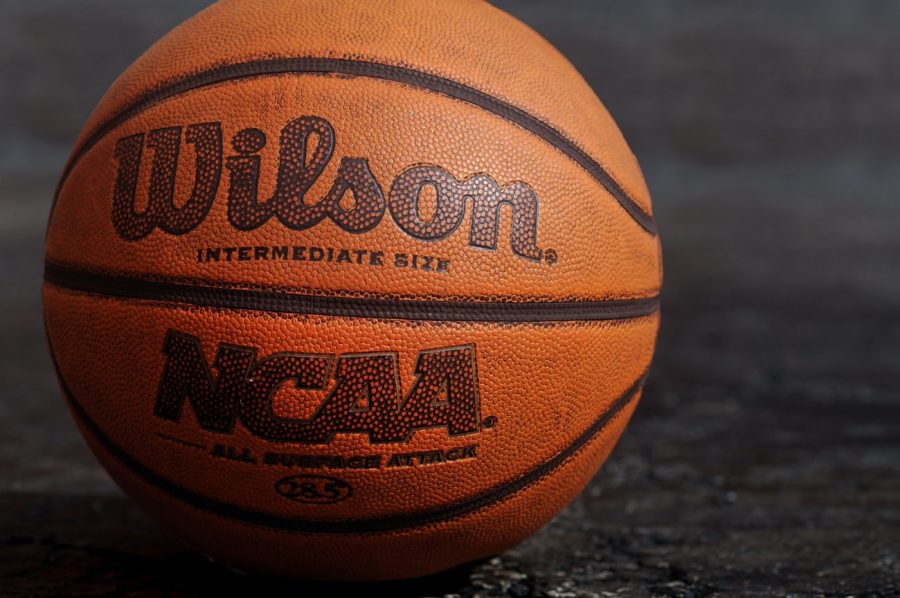COLUMN: Should NCAA Division III athletes receive athletic scholarships?
Wilson Intermediate Size NCAA Basketball, from Ben Hershey – Unsplash
Sep 22, 2021
The day in the life of a college athlete is very similar no matter what division they are competing in. Regardless of the division, all collegiate athletes balance a heavy load of activities, including classes, film, meetings, weight lifting, practice, and, most importantly, gamedays.
What stands out the most despite these many similarities is that NCAA Division I and II athletes are eligible for athletic scholarships, while NCAA Division III athletes are not.
Considering the sacrifice these players make to be a part of a team at their school, although the competition may be lower, they spend just as much time trying to achieve their athletic goals and are not “paid” in return.
A high school athlete may consider many different factors during their search for a college. The best high school athletes might typically shy away from Division III Athletics because they would pay much more to attend a school with a lower level of competition.
This is why schools need to make themselves more competitive at the lower level of athletics by offering collegiate scholarships.
Most families of athletes competing at the Division III level sacrifice a lot to make their child’s dream attainable. There needs to be a conversation on starting scholarships for athletes at the Division III level, even if the amount has to be capped.
Many times as an athlete and a family member, seeing your student-athlete receive a college scholarship for a sport they put in so much time and effort into reaffirms their time and investments given to a sport over the majority of their life.
Numerous schools at the Division III level are financially unattainable for some athletes. Just looking at John Carroll University alone, their cost of tuition after academic scholarships and financial aid still has a very high price tag attached with the private Jesuit education.
This price tag on the school could potentially deter athletes from one of the top NCAA Division III athletic programs.
Suppose an athlete is deciding between John Carroll University and an NCAA Division II school offering them an athletic scholarship. In that case, the athletic scholarship from the Division II school could be the determining factor on where one decides to spend their next four years on and off the field/court.
Another consideration for allowing DIII athletic scholarships is that the quality of athletes on campus will increase and bring in a wider range of students from various communities and socioeconomic backgrounds.
Obviously, a large percentage of students who compete at the NCAA Division III level would not have the opportunity to compete elsewhere.
Scholarships should not be handed out unrestrained, but schools should have the choice to reserve athletic scholarships to athletes that have the chance and opportunity to compete elsewhere or will positively influence the school and its programs.
With the workload of student-athletes, it is only fair to have these hard-working athletes “compensated” for their ability to compete.
The conversation about compensating Division III athletes needs to begin. Talented athletes need to be able to receive athletic scholarships across all three divisions.















Dr. B • Sep 25, 2021 at 1:19 am
Good column, Anna, and congratulations on the Best of SNO award you got for it!